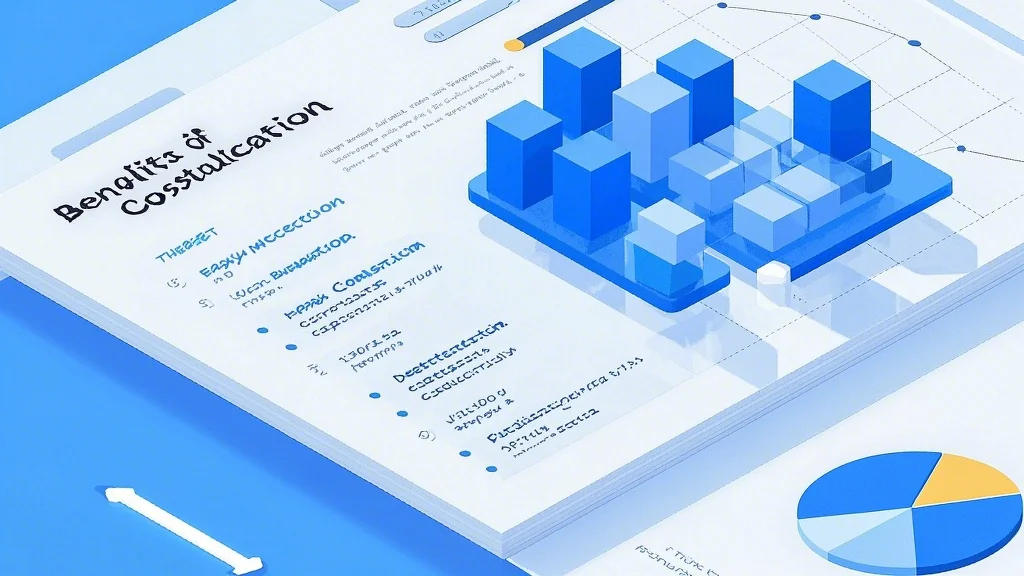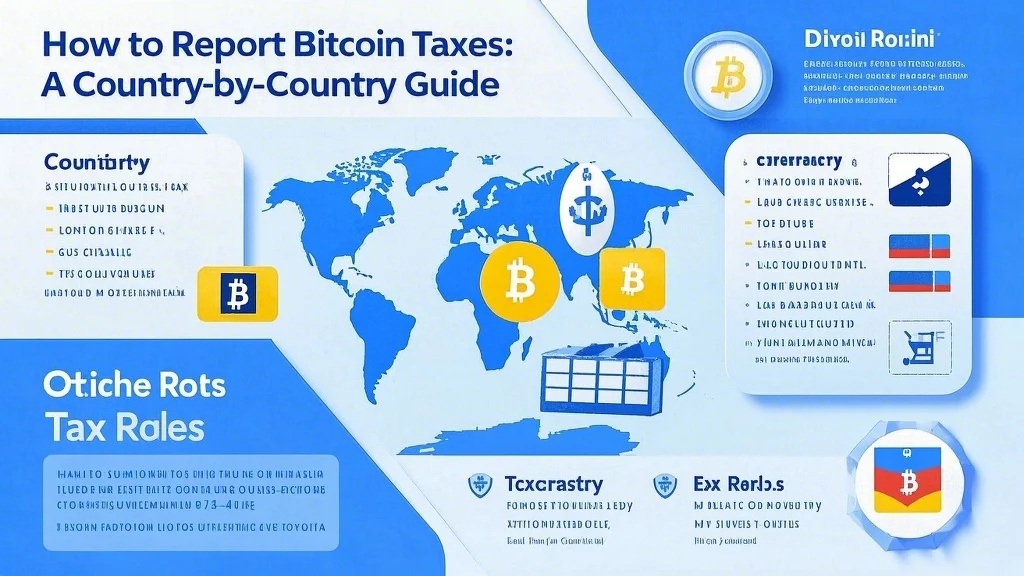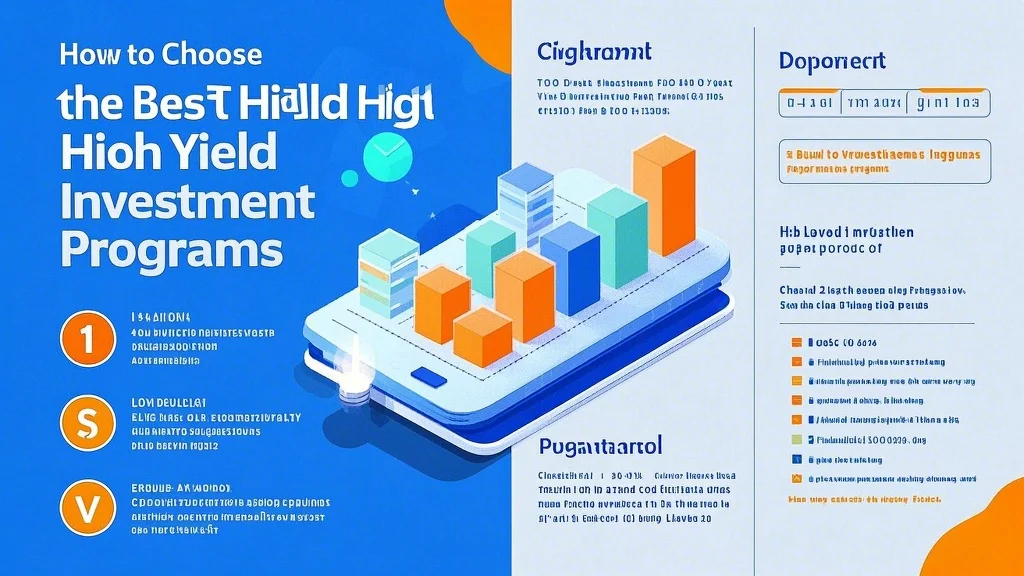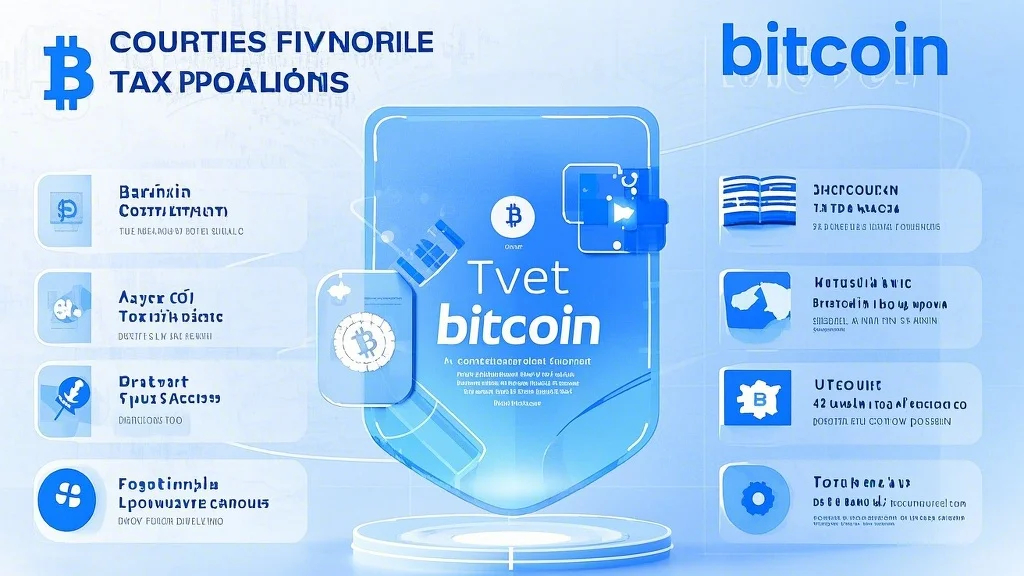part 1:
Refinancing your mortgage can be a smart financial move, especially if you’re looking to lower your monthly payments, reduce your loan term, or access cash from your home’s equity. However, finding the best mortgage refinance rates requires careful planning and research. To help you make an informed decision, here’s a step-by-step guide to understanding the process and identifying the right refinancing option for your needs.

1. Understand Your Current Mortgage and Goals
Before you start shopping for refinanced rates, it’s essential to assess your current mortgage and determine what you hope to achieve by refinancing. Are you looking to lower your monthly payments? Reduce your loan term? Or access cash from your home’s equity? Knowing your goals will help you narrow down the right type of refinanced loan and the terms that best suit your needs.
For example, if you’re aiming to reduce your monthly payments, a refinanced loan with a longer term (like 30 years) might be the way to go. On the other hand, if your goal is to pay off your mortgage faster, a shorter-term loan (like 15 or 20 years) could be more beneficial, even if the monthly payments are higher.
2. Check Your Credit Score
Your credit score plays a significant role in determining the mortgage refinance rates you qualify for. Lenders use your credit score to assess your creditworthiness, and a higher score generally translates to better rates.
Before applying for a refinanced loan, check your credit score and ensure it’s as high as possible. If your score isn’t where you want it to be, take some time to improve it by paying down debt, making on-time payments, and avoiding new credit inquiries. A credit score of 720 or higher is typically considered excellent, and it could help you secure the most competitive rates.
3. Compare Loan Types and Terms
Mortgage refinanced loans come in various types, each with its own set of pros and cons. The two most common types are fixed-rate and adjustable-rate mortgages (ARMs).
Fixed-Rate Mortgages: These loans have a set interest rate that remains the same throughout the loan term. This makes them ideal for borrowers who plan to stay in their home for the long term, as the monthly payments remain predictable.
Adjustable-Rate Mortgages (ARMs): These loans offer a lower initial interest rate that adjusts over time based on market conditions. While the initial rates are lower, they can increase over time, leading to higher monthly payments. ARMs are often a good choice for borrowers who plan to sell their home or refinance again within a few years.
Take the time to compare the terms of different loan types and determine which aligns best with your financial goals and timeline.
4. Shop Around for Lenders
Don’t settle for the first lender you encounter. Shopping around is crucial when searching for the best mortgage refinance rates. Different lenders offer varying rates, fees, and terms, so it’s essential to compare multiple options to find the best fit.
Start by researching online, checking the websites of major banks, credit unions, and online lenders. Look for lenders that specialize in mortgage refinancing and read reviews to ensure they have a good reputation. Once you’ve narrowed down your options, request quotes from at least three to five lenders to compare their offers.
5. Consider Closing Costs
While the advertised mortgage refinance rates may look attractive, it’s important to factor in closing costs. These costs, which can include origination fees, appraisal fees, and title insurance, can add thousands of dollars to the total cost of refinancing.
Many lenders offer “zero closing cost” options, but these typically come with higher interest rates to compensate. If you’re considering this option, weigh the savings on closing costs against the potential increase in your interest rate to determine which option is more financially beneficial.
6. Lock in the Rate
Once you’ve found a lender and agreed on terms, it’s wise to lock in the rate to protect yourself from rising interest rates. A rate lock guarantees that the interest rate you qualify for will remain the same until your loan closes, typically for a specified period (like 30 or 45 days).
However, keep in mind that rate locks can come with additional costs, so it’s essential to balance the benefits with any associated fees. If you’re confident that you’ll close your loan within the lock period, it can be a valuable tool.
part 2:
7. Evaluate the Benefits of a Refinance
Before finalizing your decision, take the time to evaluate the benefits of refinancing. While lower monthly payments or a shorter loan term may seem appealing, it’s important to consider the long-term implications.
For example, refinancing can increase your loan term, which means you’ll pay more interest over time, even if your monthly payments are lower. On the other hand, paying off your mortgage faster with a shorter-term loan could save you thousands of dollars in interest over the life of the loan.
Consider creating a financial model to compare your current mortgage payments and terms with the proposed refinanced loan. This will help you visualize the savings or benefits you stand to gain and ensure that refinancing is the right move for your financial situation.
8. Work with a Mortgage Professional
If you’re feeling overwhelmed or unsure about the refinancing process, consider working with a mortgage professional. A reputable mortgage broker can guide you through the process, help you compare lenders, and secure the best mortgage refinance rates on your behalf.
Mortgage brokers have access to multiple lenders and can negotiate terms on your behalf, which can save you time and effort. Additionally, they can provide valuable insights and advice based on their experience, helping you make the most informed decision possible.
9. Stay Informed About Market Trends
Mortgage rates fluctuate over time, influenced by economic factors, market trends, and government policies. To secure the best mortgage refinance rates, it’s important to stay informed about current market conditions and how they might impact your loan.
If you’re planning to refinance in the near future and rates are expected to rise, you may want to act quickly to secure a lower rate. Conversely, if rates are expected to drop, you might consider waiting to refinance. However, keep in mind




